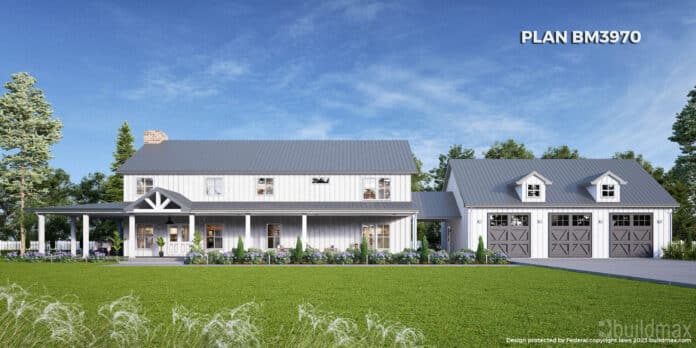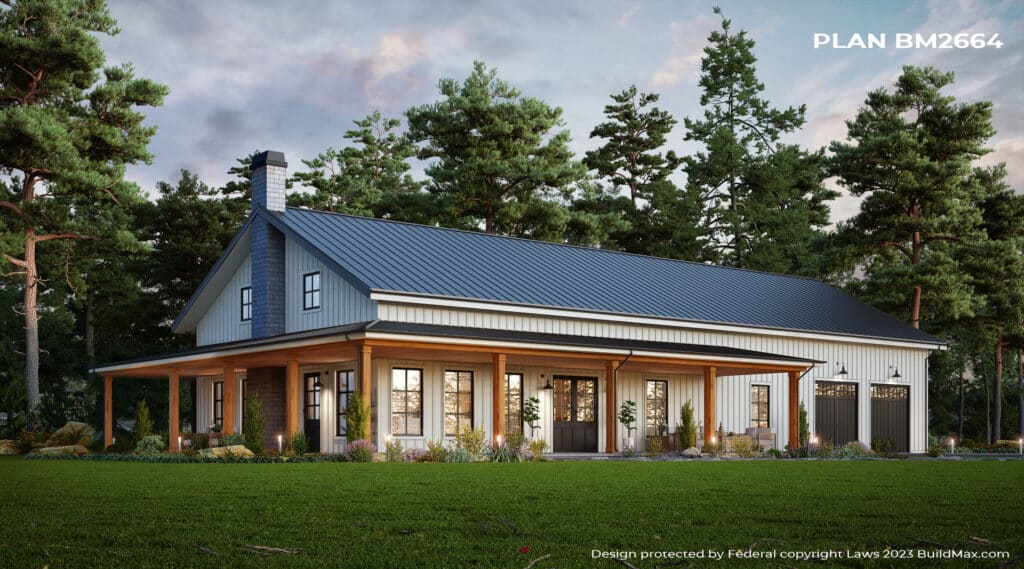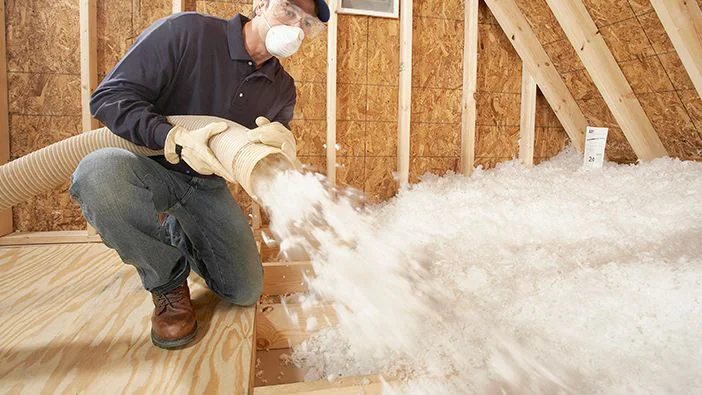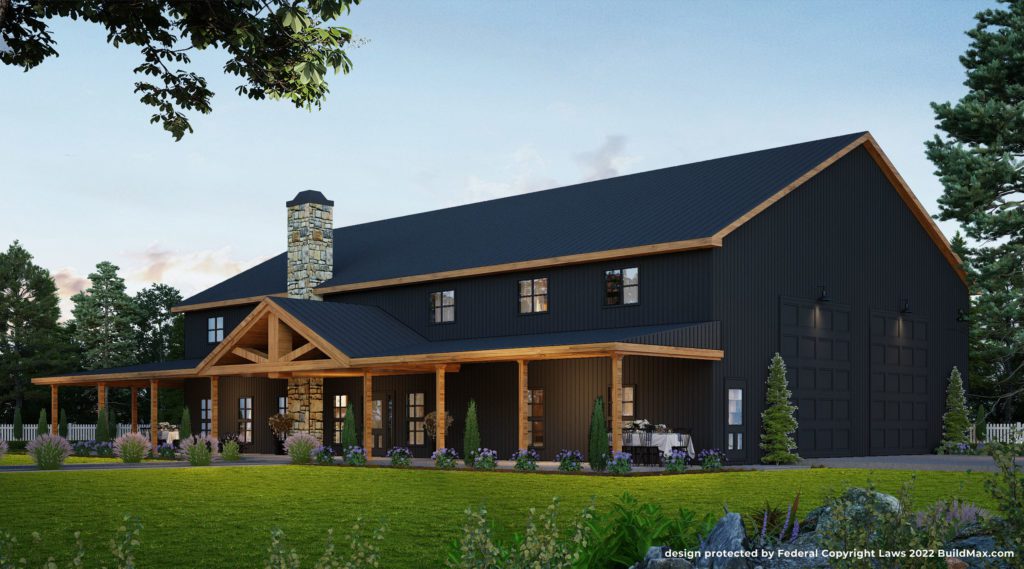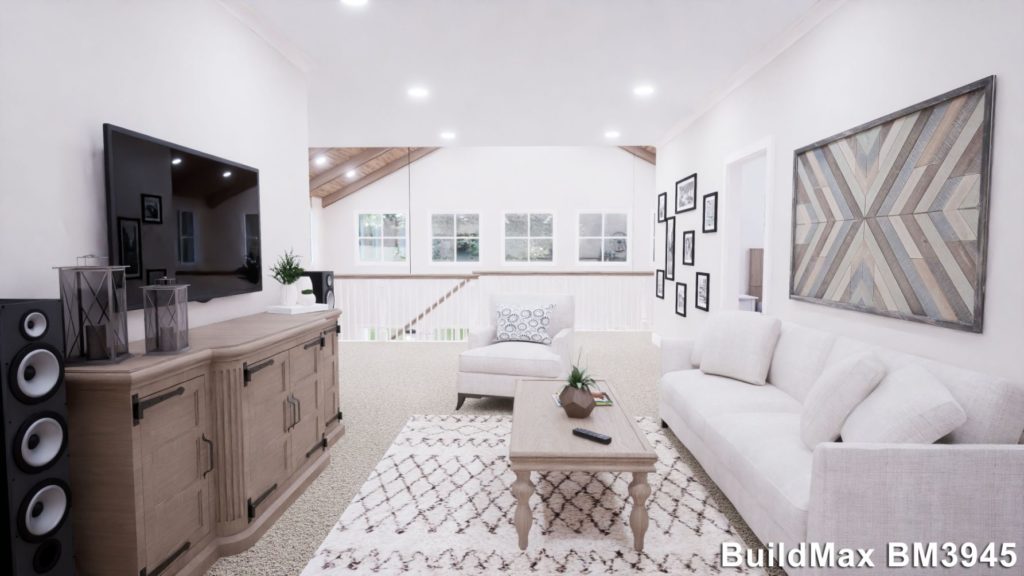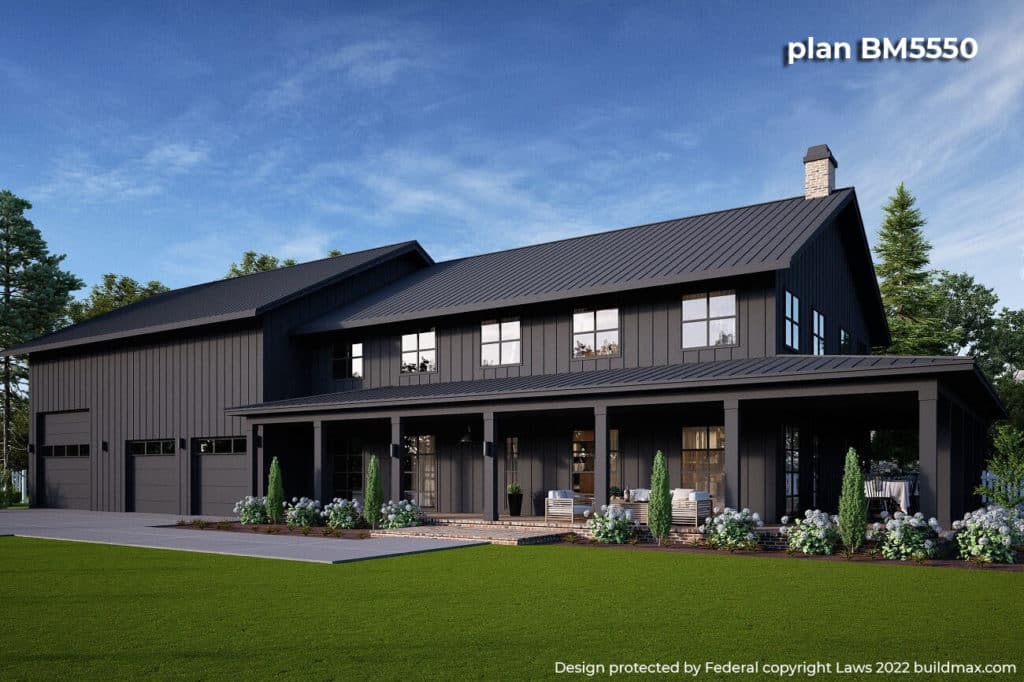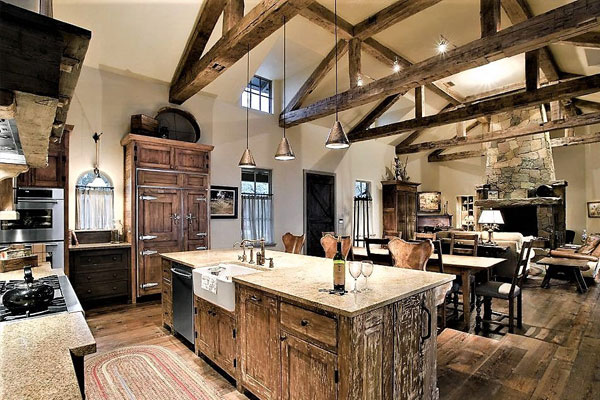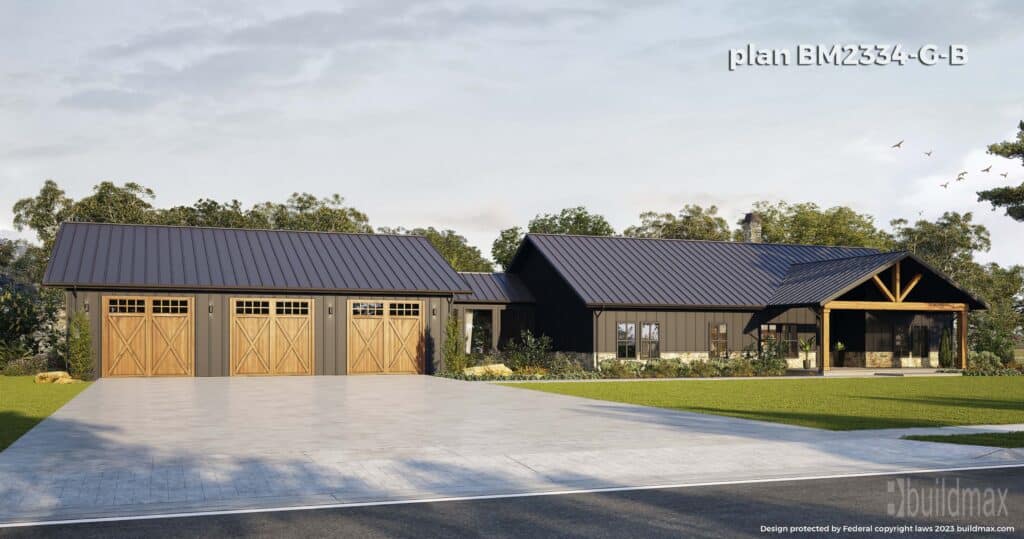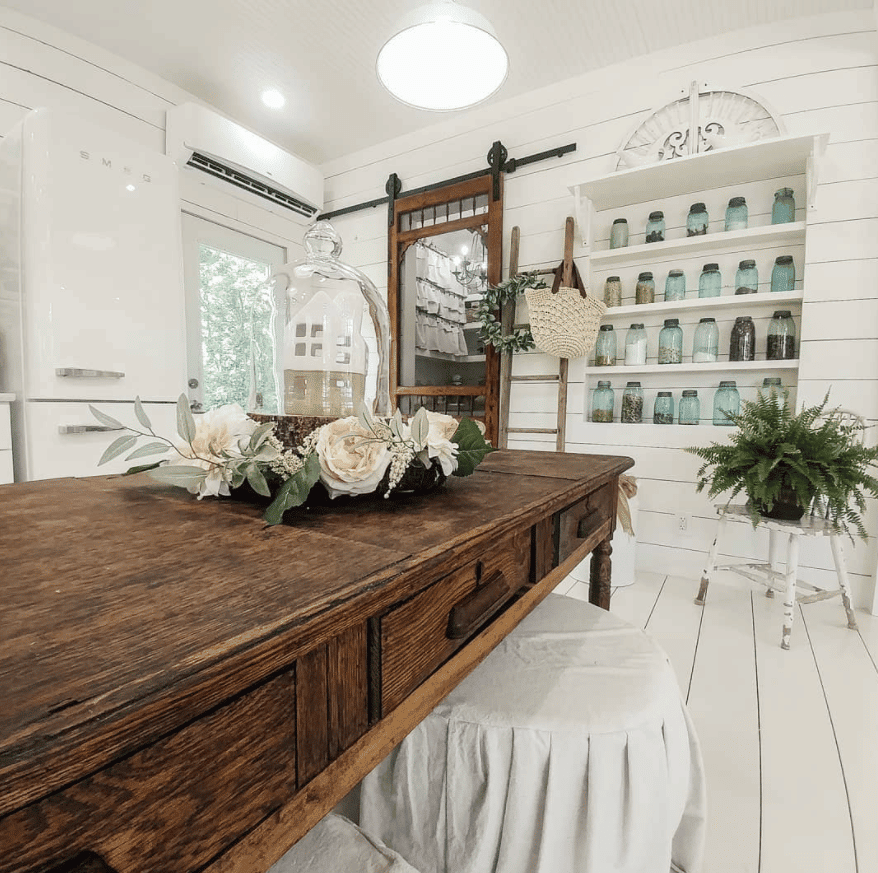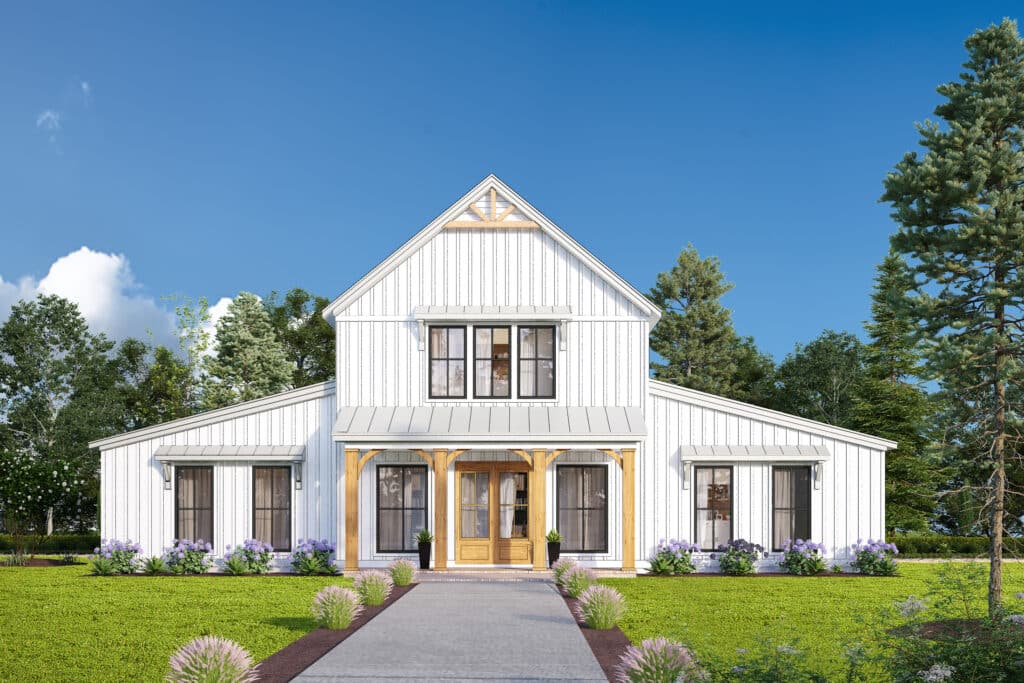Mold and moisture can be significant concerns in any home, and barndominiums are no exception. These unique structures, which combine elements of barns and condominiums, require particular attention to prevent moisture buildup and mold growth. Here’s a detailed guide on the best strategies to maintain a dry and healthy environment in your new barndominium.
1. **Proper Ventilation**
– **Natural Ventilation**: Ensure that your barndominium is designed with ample windows and doors to facilitate natural air circulation.
– **Mechanical Ventilation**: Install exhaust fans in high-moisture areas like bathrooms and kitchens to expel moist air directly outside.
– **Attic Ventilation**: Proper ventilation in the attic is crucial to prevent moisture accumulation, especially if you have a metal roof that can be prone to condensation.
2. **Quality Insulation**
– **Insulate Walls and Roof**: Proper insulation in walls and the roof prevents condensation by maintaining consistent interior temperatures.
– **Vapor Barriers**: Use vapor barriers in conjunction with insulation to prevent moisture from penetrating into walls and ceilings.
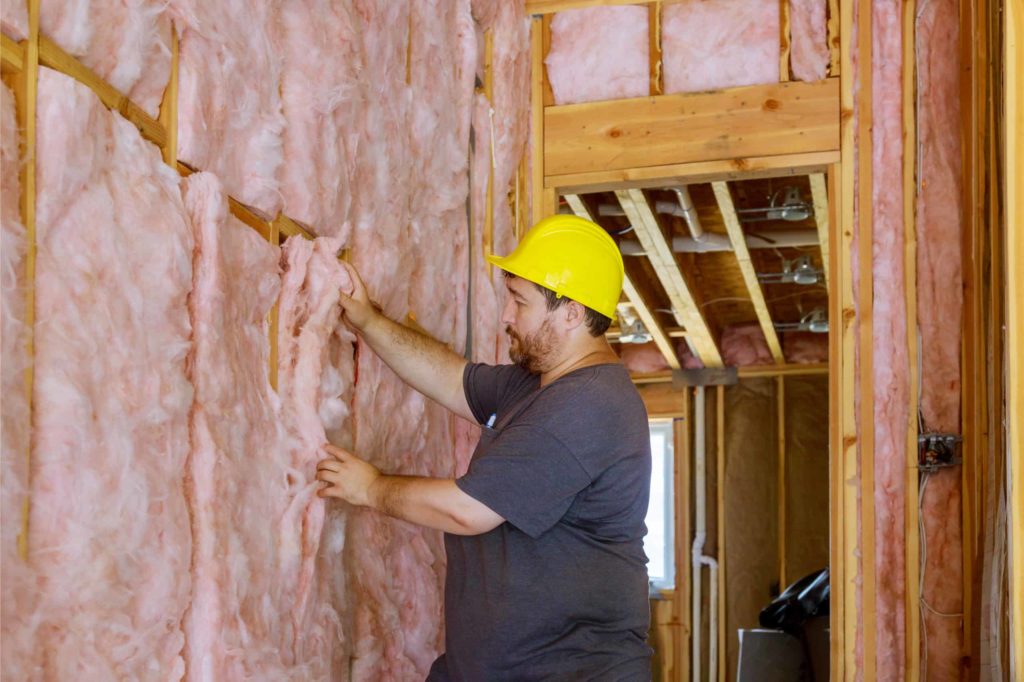
3. **Moisture-Resistant Materials**
– **Building Materials**: Opt for moisture-resistant materials, especially in areas prone to dampness like bathrooms and kitchens.
– **Flooring**: Choose flooring options like tile or treated concrete that are less likely to harbor mold compared to carpet.
4. **Effective Heating and Cooling**
– **Consistent Temperature**: Maintain a consistent indoor temperature to reduce the risk of condensation.
– **Dehumidifiers**: In areas with high humidity, use dehumidifiers to maintain a healthy moisture level in the air.
5. **Regular Maintenance and Checks**
– **Inspect for Leaks**: Regularly check your plumbing and roof for any leaks.
– **Gutter and Downspouts**: Ensure that gutters and downspouts are clean and directing water away from your barndominium’s foundation.
6. **Design Considerations**
– **Roof Overhangs**: Design roof overhangs to direct rainwater away from the foundation.
– **Slope the Site Away from the Building**: Ensure that the surrounding land is graded to slope away from your structure to prevent water pooling near the foundation.
7. **Use of Dehumidifying Plants**
– **Indoor Plants**: Some plants, like Boston ferns and spider plants, naturally absorb moisture and can help maintain a balanced indoor humidity level.
8. **Proper Sealing**
– **Seal Windows and Doors**: Ensure all windows and doors are properly sealed to prevent moisture ingress.
– **Caulking and Weatherstripping**: Regularly inspect and maintain caulking around bathtubs, showers, and sinks.
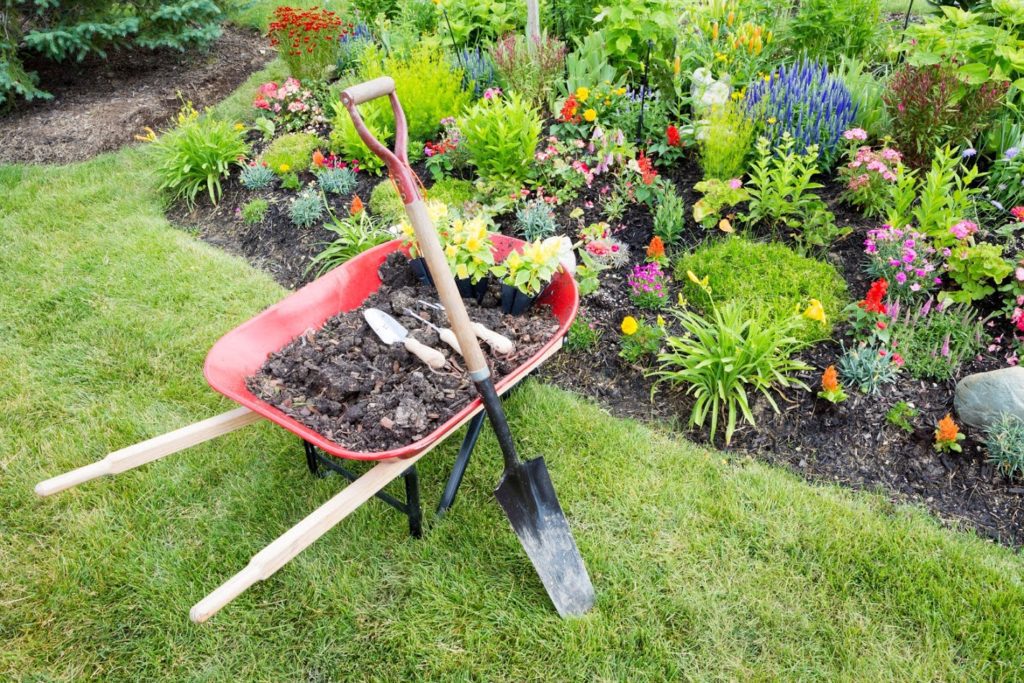
9. **Strategic Landscaping**
– **Landscaping Choices**: Plant trees and shrubs strategically to provide shade and reduce ground moisture near the building.
– **Drainage Solutions**: Incorporate drainage solutions in your landscaping plan to keep water away from the structure.
10. **Awareness of Indoor Activities**
– **Cooking and Showering**: Use lids on pots while cooking and keep the bathroom door closed during showers to contain moisture.
– **Indoor Drying of Clothes**: Avoid drying clothes indoors if possible, as this can significantly increase indoor humidity.
11. **Routine Cleaning and Monitoring**
– **Regular Cleaning**: Keep your barndominium clean, especially in areas prone to moisture.
– **Monitor Humidity Levels**: Use a hygrometer to monitor indoor humidity levels, aiming to keep it below 60%.
Conclusion
Preventing mold and moisture in a barndominium requires a combination of good design, regular maintenance, and lifestyle practices. By ensuring proper ventilation, using moisture-resistant materials, maintaining consistent indoor temperature and humidity levels, and being vigilant about potential moisture sources, you can create a healthy and mold-free living environment in your new barndominium. Remember, proactive measures are always more effective and less costly than dealing with mold and moisture issues after they have arisen.



